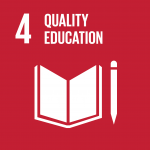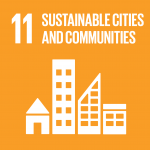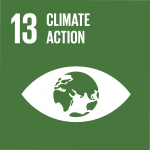Building capacity in Niger to enable climate change adaptation
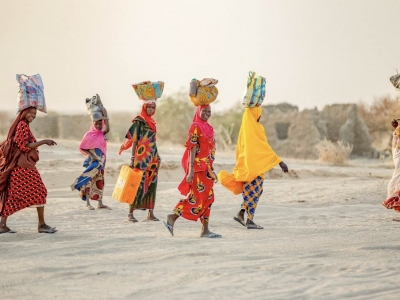
January 2022 - At the edge of the Sahara in West Africa is Niger, a landlocked country shaped by ancient trading routes with vast aridic lands. About 40 percent of Niger’s population lives below the poverty line, according to UNDP’s Human Development Report (2020) and with 80 percent of the country’s land in the Sahara Desert, the hot and dry climate makes livelihoods highly vulnerable to climate variability. Niger has long been working to adapt to the growing threat of climate change. It is projected that the temperature in Niger could cause disruptive changes in the environment including irregular rainfalls and floods, recurrent droughts, violent sandstorms, and destructive invasions by locusts.
Considering the impact of climate change and the associated costs foreseen, the Government of Niger launched its National Adaptation Plan (NAP) process in May 2014 with UNDP-UNEP implemented National Adaptation Plan Global Support Programme (NAP-GSP), by creating a road map and a stocktaking report of existing adaptation-related plans, policies, programmes and projects. The stocktaking report highlighted that strengthening national capacity is a prerequisite for adapting the country to climate change; the main barriers coming from limited institutional capacity, financial constraints, weak Monitoring and Evaluation (M&E) frameworks, unavailability of climate data and lack of coordination mechanisms.
Niger is currently implementing a NAP project “Advancing medium and long-term adaptation planning and budgeting in Niger (2018-2022).” This NAP project is being carried on along with other adaptation initiatives in Niger and was specifically designed to address the above challenges. The programme is funded by the Green Climate Fund (GCF) as part of the Readiness and Preparatory Support Programme and implemented by the United Nations Development Programme (UNDP) in collaboration with the Executive Secretariat of the National Council of Environment for Sustainable Development (SE/CNEDD). It provides a variety of support (trainings, studies, drafting of the NAP) to facilitate the integration of adaptation at national and subnational levels in Niger.
Numerous activities of the programme focus on capacity building. This frequently invoked development concept is applied to identify the main capacity constraints for the country to adapt to climate change and to find appropriate vehicles to strengthen the ability to overcome them. In the context of Niger, a country that is classified as a Least Developed Country, it goes beyond performing isolated tasks that would not sustain but rather focusing on changing mindsets, institutions, and mechanisms over time.
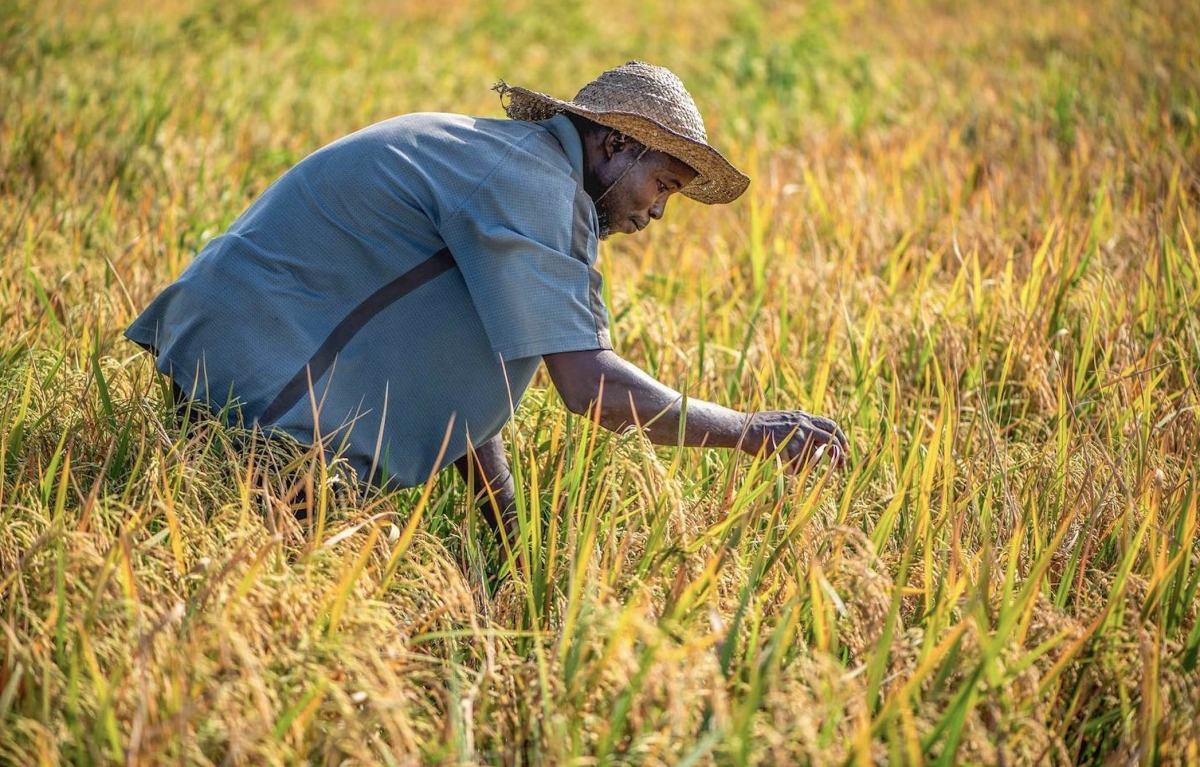
One entry point of the NAP project to strengthen capacity is by investing in people across sectors and parts of society. This means reaching out to different types of stakeholders involved in the NAP process to improve their understanding of climate change and provide them with the required skills to integrate adaptation measures in their respective structures. This year, the project trained 78 people from the technical services of the ministries, civil society organisations and higher-educational institutions. Similar trainings took place in 2020 for traditional and religious leaders, mayors, representatives from the private sector, people with disability, youth, and women. Various social groups were targeted to avoid the discrimination of capacities, to close gaps in the NAP process.
The project is also working on establishing partnerships with key national institutions (University of Niamey, University of Diffa, National School of Administration, Higher School of Commerce and Business Administration) to implement training packages and develop their curricula on climate change adaptation. This includes preparing conferences and courses for students to gain academic knowledge on climate change before they occupy professional positions that may require such skills. With this approach, a wider audience can be reached. These education service providers offer a space for innovation, data collection and analysis on climate change. They also play a critical role in improving long-term adaptation capacity.
Furthermore, capacity building is not restricted to only human capacity. The project conducted institutional assessments of the SE/CNEDD, the Ministry of Planning, the Ministry of Finance and key sectoral ministries involved in the NAP process. The findings revealed that while Niger managed to establish the adequate institutional framework required for the NAP process, key institutions are impeded by governance gaps, insufficient technical capacities, and limited funding. These studies provide a basis for policy makers to develop activities to build their own capacities.
Lastly, the project has a component on private sector engagement. The capacity of government institutions to mobilize funds for adaptation has been assessed and a strategy was drafted to attract the capital needed. The strategy suggests the creation of a new commission dedicated to initiating public-private partnerships in the field of climate change adaptation. It also highlights the importance of identifying innovative solutions and sensitizing companies about the benefits of engagement.
The ability to adapt to the effects of climate change in Niger will depend on the development of human and organizational capacities in the coming years. In essence, capacity building is intrinsically linked to climate change adaptation. It is a process of adapting to change and becoming more self-reliant in the long-term.
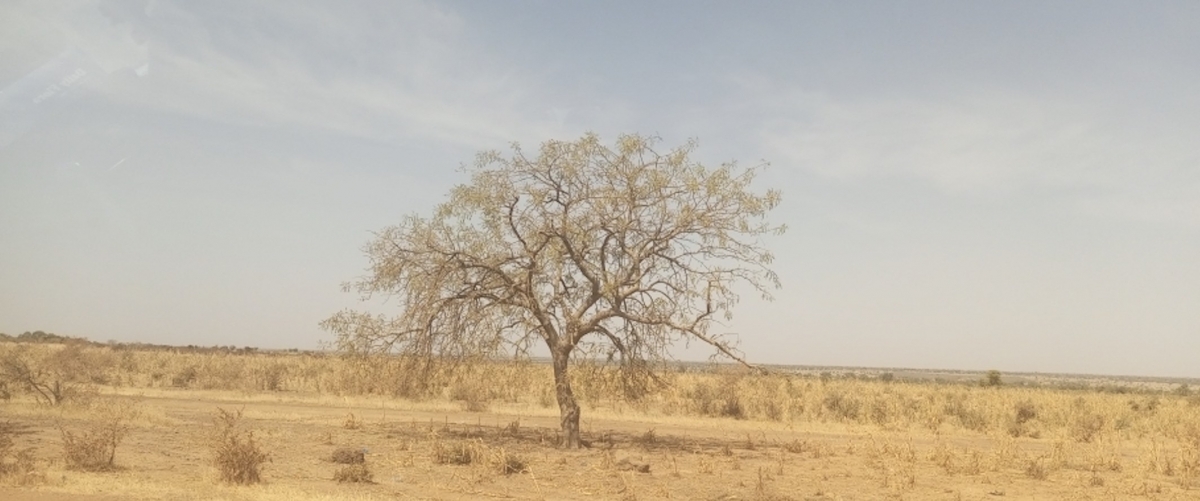
Story by Thibault Le Pivain, Project Support Officer in Climate Change Adaptation, UNDP.
